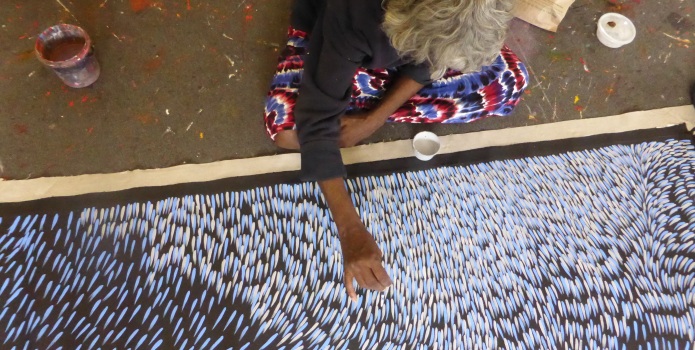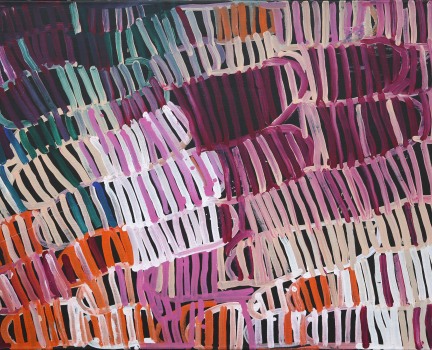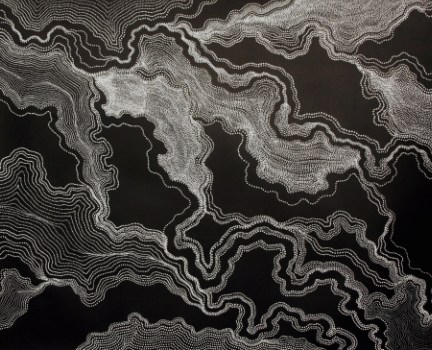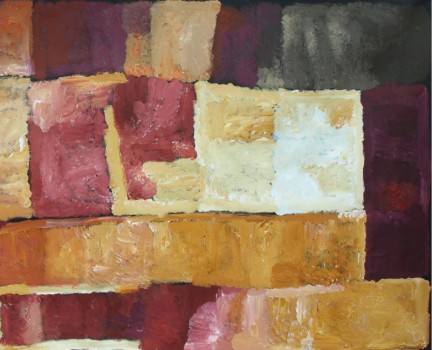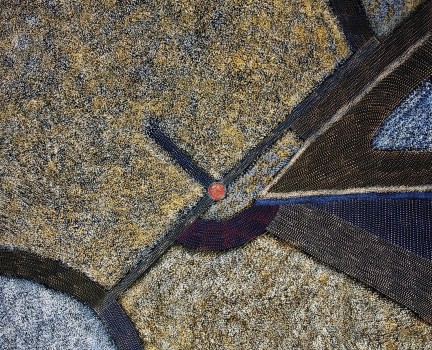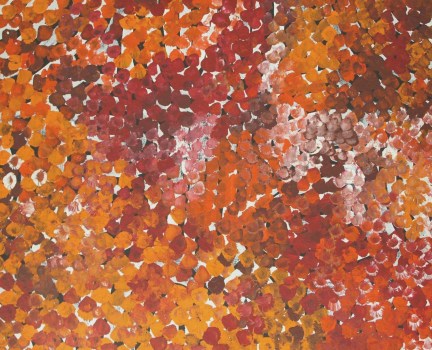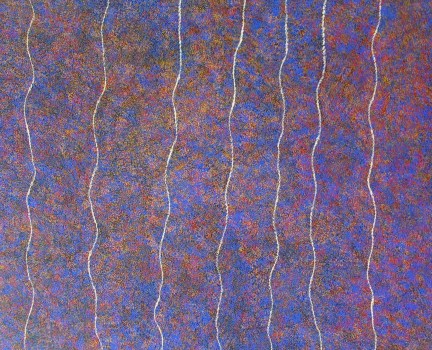Aboriginal Art Movement at Utopia
Utopia has become known as one of the most diverse and most independently operating groups of artists working from communities in Central Australia. The Utopia Homelands are adjacent to the traditional lands of the Eastern Anmatyarre and Alyawarre people, about 270 km north-east of Alice Springs. This area of 1800 square kilometres was named Utopia by the first white settlers in 1927, and subsequently came to be used as cattle station country.
After European settlement, the Aboriginal people were forced to move away from their clan lands and ceremonial sites and to live in the vicinity of the various station homesteads. Many Aboriginal men worked as stockmen and Aboriginal women as domestic help in exchange for rations of foodstuffs, clothing and blankets. They provided a cheap but necessary labour. It wasn’t until 1967 that legislation was passed granting Aboriginal workers pay equal to their white counterparts.
In 1979 a successful land claim saw the Utopia Aboriginal community gain permanent legal title to the leasehold, and it was the Utopia women who played a key role in this process. In 1978 the women had learned the art of batik as a means to establish a source of income in preparation for the land claim hearing. By demonstrating the economic viability of the outstations through their batik work, the women were able to testify to their legal and moral right to their land.
The Utopia batiks soon gained recognition for their distinctive artistic statements, showing a directness and vitality that came from the camp conditions and the women’s positive approach to the project. Art collectors took notice and by 1981 Utopia batiks were exhibited at the Adelaide Art Festival in a major event titled “Floating Forests of Silk: Utopia Batik from the Desert”.
In 1988 the Aboriginal artists at Utopia were introduced to the mediums of canvas and acrylic paint, which enabled them to produce paintings on an even broader scale than they had been able to working with batik. This new creative wave saw the rise of many famous artists of the Aboriginal art movement, including the late Emily Kame Kngwarreye, Gloria Petyarre, Kathleen Petyarre, Minnie Pwerle, Kudditji Kngwarreye, Barbara Weir, Abie Loy Kemarre, Galya Pwerle and many others.
Artists from Utopia are highly regarded for the diversity and richness of their artworks. Among the most popular works are the Bush Medicine Leaves paintings by Gloria Petyarre and younger artists who have been given this story, including Rosemary Petyarre and Jeannie Long Petyarre.
The skills learned by the Utopia artists in the batik making process gave them a distinctive approach to their art, building up layers of pattern while leaving aspects of the deeper layers showing through. With knowledge of this use of layers, artists like Emily Kame Kngwarreye were free to unpack the layers and present a different view of the subject. By eliminating some layers, the artist could radically simplify the designs or expose parts of the design that would normally be mostly hidden. This was a major break-through for Aboriginal art at this time, which had developed ways of using over-layering to disguise and hide information of cultural sensitivity. Now artists like Emily Kame Kngwarreye were removing whole layers and deconstructing some of the design package.
Other artists learned the art of fine line making from the batik process, and developed styles using either fine dots or fine lines over a background of colour. Abie Loy Kemarre, Kathleen Petyarre, Anna Petyarre and June Bird Ngale made paintings of highly refined dot-making, creating beautiful fields of colour from shimmering dots.
In contrast to these artists, another group used broad gestural mark making that related to body paint designs or markings on country. These artists used strong colour and expressive movement to enliven their canvases. Artists from this group include Minnie Pwerle and Kudditji Kngwarreye, although many other artists used this style of working for particular subjects. We could add artist names like Barbara Weir, Gloria Petyarre, Betty Mbitjana and Galya Pwerle to this list.
Stories with strong ceremonial associations for the women artists of Utopia became a major focus for painting, and stories for Yam Dreaming, Bush Medicine Leaves and Awelye Body Paint were widely interpreted by the artists. For the sheer productivity and number of participating artists involved, the painting movement at Utopia continues to stand out as a freely expressing art movement with great inventiveness.
Read More:
Minnie Pwerle
Kudditji Kngwarreye
Anna Petyarre
Gloria Petyarre
Galya Pwerle
Abie Loy Kemarre
Betty Mbitjana
Barbara Weir
Charmaine Pwerle
June Bird
Rosemary Petyarre
The Emily Kngwarreye Phenomenon

